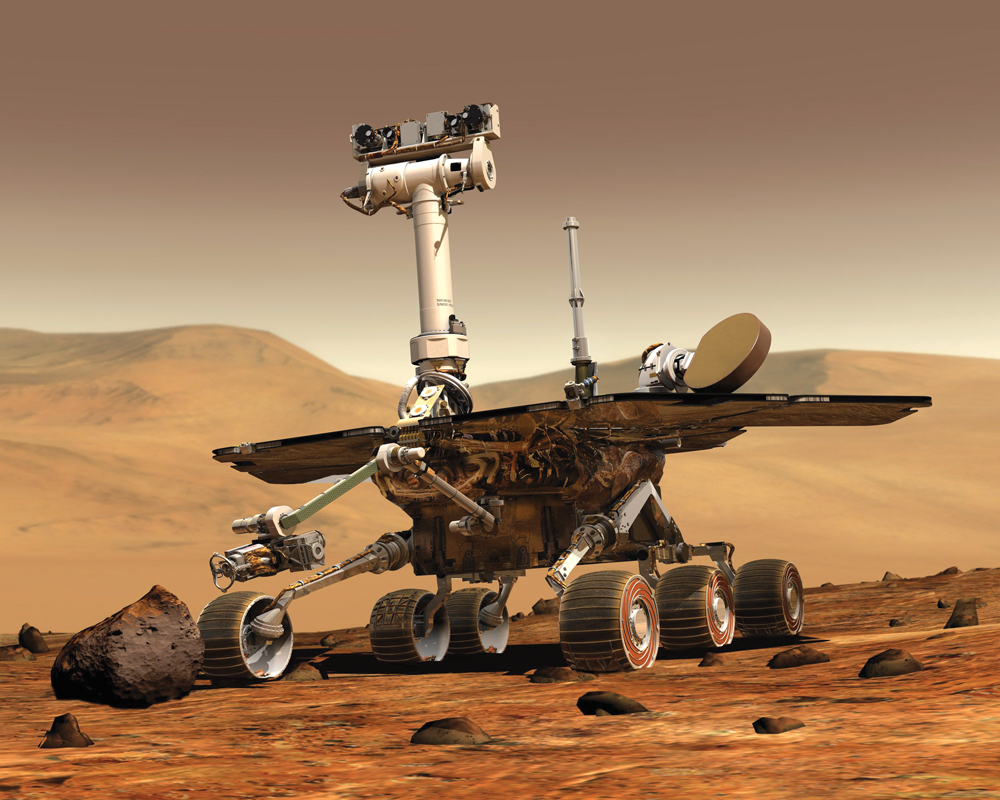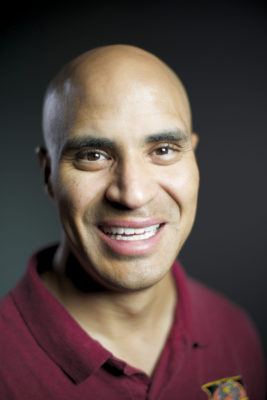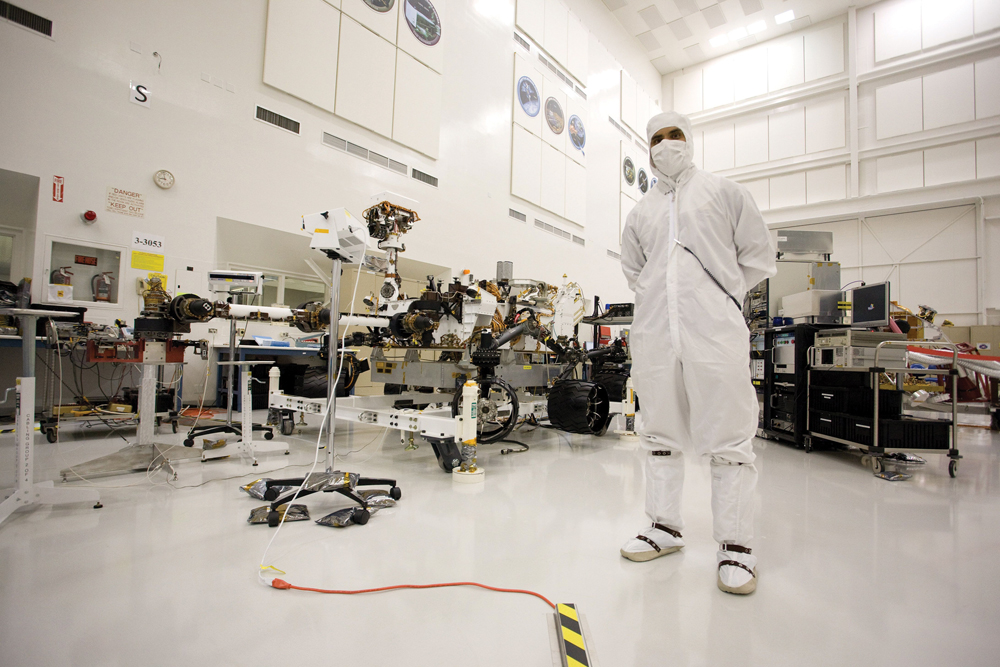NASA Engineer Talks Space On LI

You thought understanding life on Earth was challenging? How about Mars?
Renowned NASA mechanical engineer Kobie Boykins has devoted much of his professional life to designing technology that makes exploration of the red planet possible, and now others around Long Island will have the opportunity to benefit from his knowledge and enthusiasm at a pair of special events at The Cradle of Aviation Museum on Tuesday, Feb. 6. Boykins will first host a hands-on and informative discussion titled “Exploring Mars: The Next Generation,” which he will present to more than 400 students and educators from around Long Island. This will be followed by an evening presentation open to the public, at 7 p.m.
For Boykins, who helped design the Mars rovers and has been heavily involved with the recent Curiosity project, it will be especially rewarding to share his passion for Mars with students. He recalls a conversation with his fifth-grade teacher as the primary catalyst for his interest in space and mechanical engineering.

“I was a class clown, more disruptive than I probably should have been. My teacher reached out to me and asked what I wanted to do in my life. And I said, ‘I want to build space vehicles like in Star Trek.’ I just had a fascination with the idea of building vehicles that could travel into space,” Boykins said, adding about his focus on Mars, “It was not necessarily the most interesting planet to me when I was graduating school, but the fact that it’s close [to Earth] made it explorable. When we put [the rover] Sojourner on Mars, I realized, ‘Wow. People are really excited.’ It opened my eyes as to what could exist on the surface of Mars. And then there’s the ultimate question: Does Mars have life?”
The answer, at least until further notice, is possibly. As Boykins notes, there is still much research to be done on the subject, but the discovery of water on Mars has done much to lend credibility to the theory that its surface was once habitable.
“If you ask most scientists, they might say it could. Anywhere on Earth where there’s been water, there’s been life. You start to think about, are we alone in the universe? Is this place [Earth] special? The more we look into it, the answer is probably not,” Boykins said. “We know there was water. The next thing is to determine if there was life. That’s very difficult to prove.”
Perhaps equally as pressing an issue, Boykins admits, is whether or not the question matters. It’s a query that Boykins has faced on multiple occasions, and one that he doesn’t shy away from addressing. Boykins notes that those who charge that improving quality of life on Earth should be our top priority are correct; and that researching Mars, in fact, could help us achieve that goal.

“Some people ask why we’re spending money when we have problems to take care of here,” Boykins said. “But if Mars once had life, what happened to make the water disappear? And can we learn something from that to apply to life here on Earth?”
Still others have embraced the possibility of life on Mars to the point of suggesting, with varying degrees of seriousness, that it could serve as a viable alternative should Earth deteriorate to the point of being uninhabitable. Though passionate about Mars exploration as anybody, Boykins wouldn’t advise anyone to put their Earth homes up for sale anytime soon.
“I laugh at that [idea]. If we ruin this beautiful planet we live on so that we have to go to Mars, that’s the wrong answer. Mars isn’t a lifeboat. It will take eons for it to be habitable [to that extent]. We want to explore, and yes, we probably want to have an outpost there. But it’s not going to be an easy existence. In my lifetime I would love to see people not living on Earth,” Boykins said, before adding, with cautious optimism, “Just a few people.”
Kobie Boykins will appear at the Cradle of Aviation on Tuesday, Feb. 6, at 7 p.m. Admission is $5 and free for Cradle of Aviation Museum members. To reserve a seat, call 516-572-4066.



















